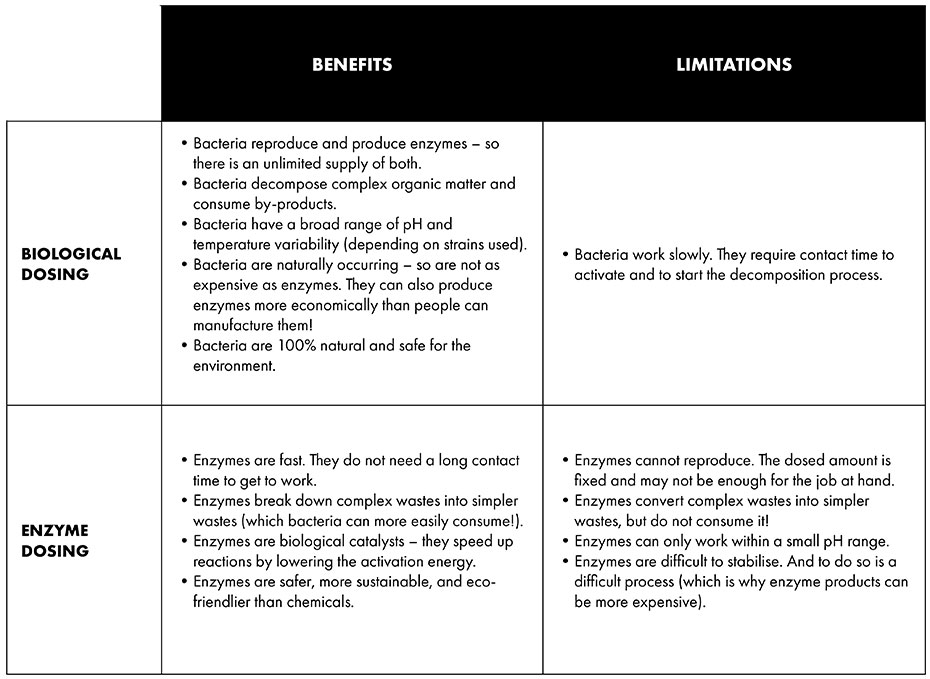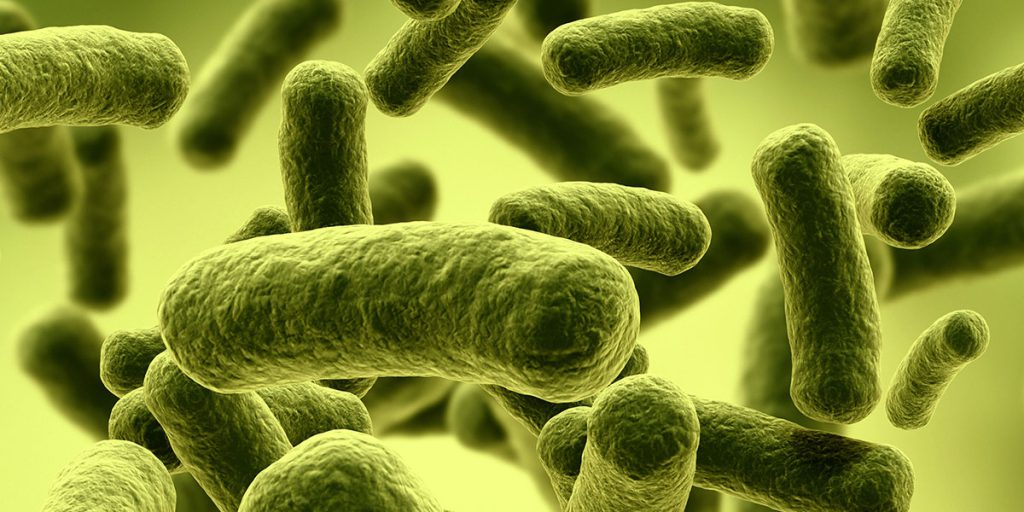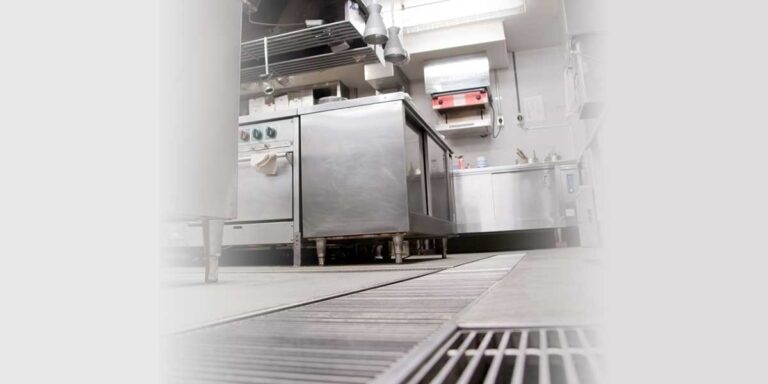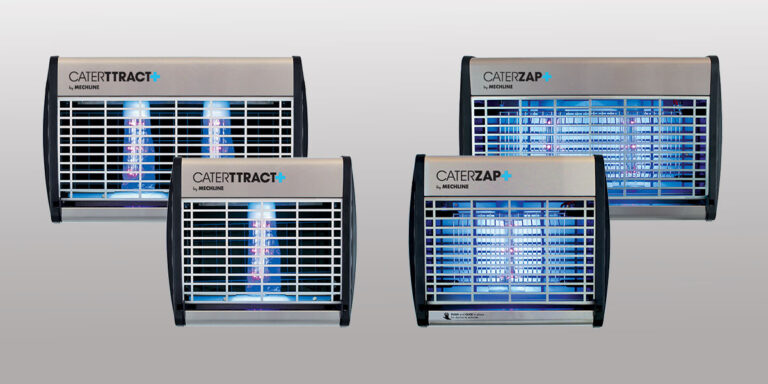The distinction between bacteria and enzymes is often misunderstood, which leads to poor decision making when it comes to choosing FOGS management equipment. This can lead to drain blockages, equipment breakdown, and even prosecution, if your venue is found to be responsible for problems in the sewer network. Whether you’re using a Biological solution, or an Enzyme solution, matters – as there are big differences in how these behave and perform against the Fats, Oils, Grease and Starches (FOGS) in your commercial kitchen. We explore this in more detail in this blog.
Biological Dosing
Biological dosing is used to describe the use of a biological treatment solution, dosed directly into pipes, drains or grease traps, to break down FOGS. The ‘biological’ part is key – as this means the solutions contains living organisms – i.e., bacteria. Some manufacturers, including Mechline, are now referring to this as bacterial dosing, just to make it clear that the fluid contains bacteria. As this is an important distinction, as we will explain.
Enzyme Dosing
Enzyme dosing, similarly, doses a set amount of treatment solution into pipes, drains or grease traps, to break down FOGS, but as the name suggests, the treatment contains enzymes—not bacteria. Although enzymes are produced by living organisms, they themselves are not alive.
So, why does this difference matter if both can break down FOGS? It is the way that they break down FOGS that is important.
How do the different dosing systems compare?
Enzymes break complex wastes into simpler wastes. In other words, they break down FOGS into smaller droplets. But they do not consume them. Used on their own, enzymes simply emulsify FOGS. This means they temporarily combine them with water to become a smooth mixture—a process which can reverse and cause problems further down the drain line.
In contrast, bacteria decompose complex organic matter and then consume the by-products, they don’t just break them down into smaller parts. Used on their own, they are effective, but work slowly. The more contact time they have with FOGS the better—as this kick-starts the decomposition process.
You may come across the term Bioremediation. This simply refers to the use of microorganisms to consume and break down environmental pollutants.
Here’s an in-depth summary of the benefits and limitations of both Enzyme Dosing and Biological (bacterial) Dosing:

You may have noticed from the table that a combination of enzymes and bacteria might just be the perfect solution (literally)! To quote a foodservice analogy, Enzymes are the knife and fork that break down complex compounds – so that bacteria can then eat them!
Dosing products can be made up of different enzymes, different bacteria, or a mixture of enzymes and bacteria – with bacteria selected based on conditions they’re needed to work (e.g., pH level, oxygen presence or absence, and temperature). The choice you make will come down to what you need them to do. You also need to question whether they meet local and national regulations.
What does the law say?
In Great Britain there are specific laws about what can and can’t be sent down the drain into the public sewer. In England and Wales, the Water Industry Act (1991) states that it is a criminal offence to discharge into public sewers “any matter likely to injure the sewer or drain, to interfere with the free flow of its contents or to affect prejudicially the treatment and disposal of its contents.”
The Scottish Building Standards Technical Handbook (2019) goes one step further in stipulating that “The use of emulsifiers to break up any oil or grease in the drain is not recommended as they can cause problems further down the system”
If you use an enzyme only fluid that emulsifies, and later causes a blockage in the drain line, you could face problems, and even prosecution, if the cause is linked back to your establishment.
The Grease Contractors Association (GCA)* only recommends the use of biological dosing that “introduces safe, stable, microorganisms into the wastewater stream” and states that these microorganisms used should be selected for their ability to degrade FOG.
Not all biological dosing solutions are equal
In some biological dosing solutions, like Mechline’s GreasePak’s, bacterial strains have been specially selected not only on their ability to consume various fatty acids, but also on the enzymes that they produce! Bacteria and enzymes work together to effectively break down and consume FOGS into irreversible compounds, which cannot reform or solidify.
GreasePak Biological Dosing
Mechline’s GreasePak MSGD (Multi Strain Grease Degrader) Fluid has been specifically designed to work in commercial kitchens traps/drains, with low oxygen and fluctuating pH. The formula contains in excess of 500 Million bacteria per gram, from 8 different strains and is effective against many types of fatty acids, including those found in animal fats, vegetables oils, and saturated fats. It also produces enzymes which are important for the effective degradation of kitchen waste, specifically FOGS and starches.
Do your research and a site assessment
It is important to remember that not all bio-fluids are the same. Not all will contain the bacteria you need, and they can vary greatly in quality and effectiveness. You should always fully investigate the contents before choosing the dosing solution for your kitchen. This applies whether it’s for your grease trap, as part of a combined system like BioCeptor, or to be used directly into the drainage system.
It is always wise to book a site assessment before installing any grease management system – to make sure you’re choosing the right product for your kitchen, and one that will adhere to the relevant laws and regulations in your area. We can help you with this.
*The GCA is a non-profit organisation of specifiers, installers, and maintainers of grease management systems, managed by a secretariat within British Water







